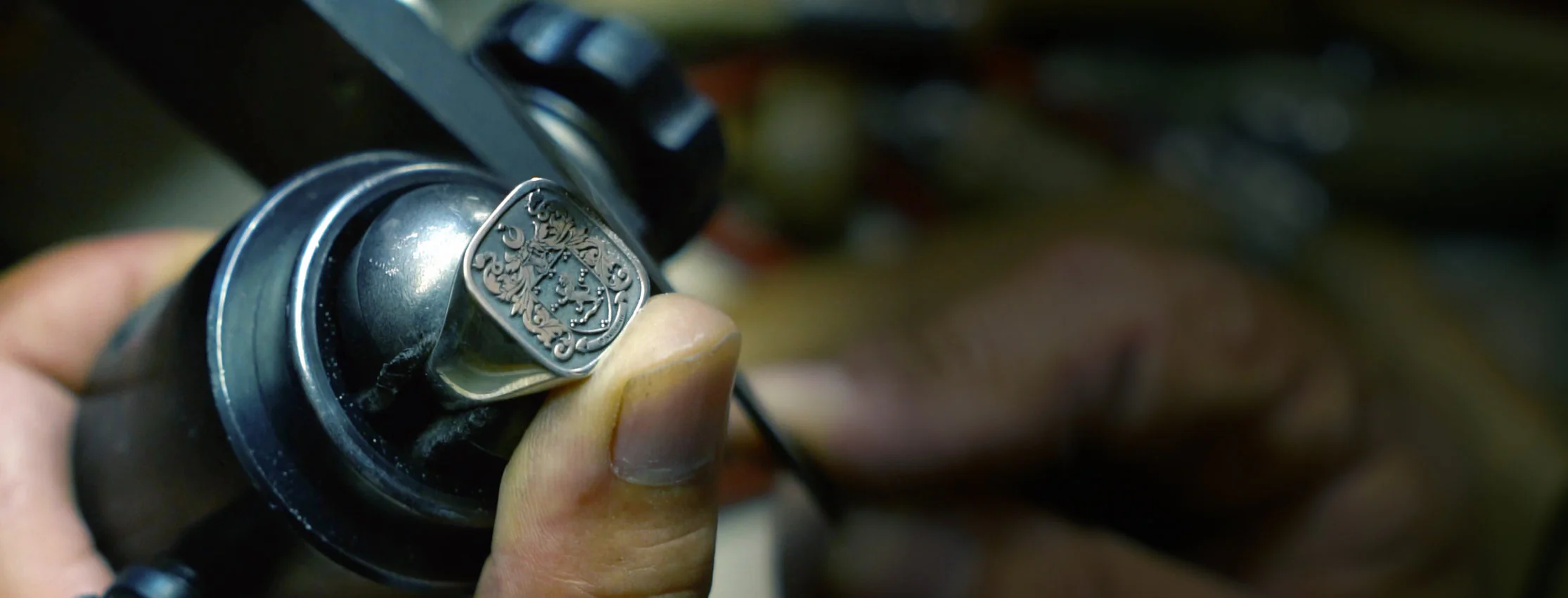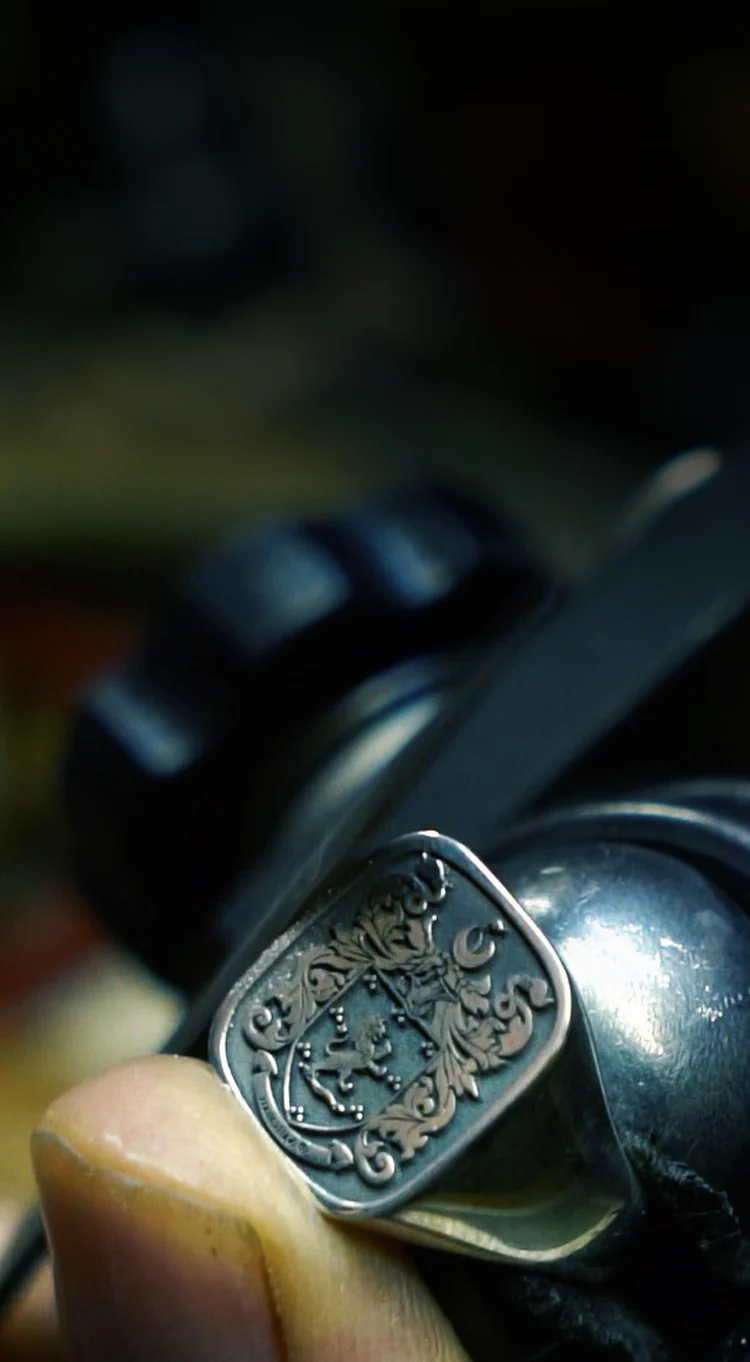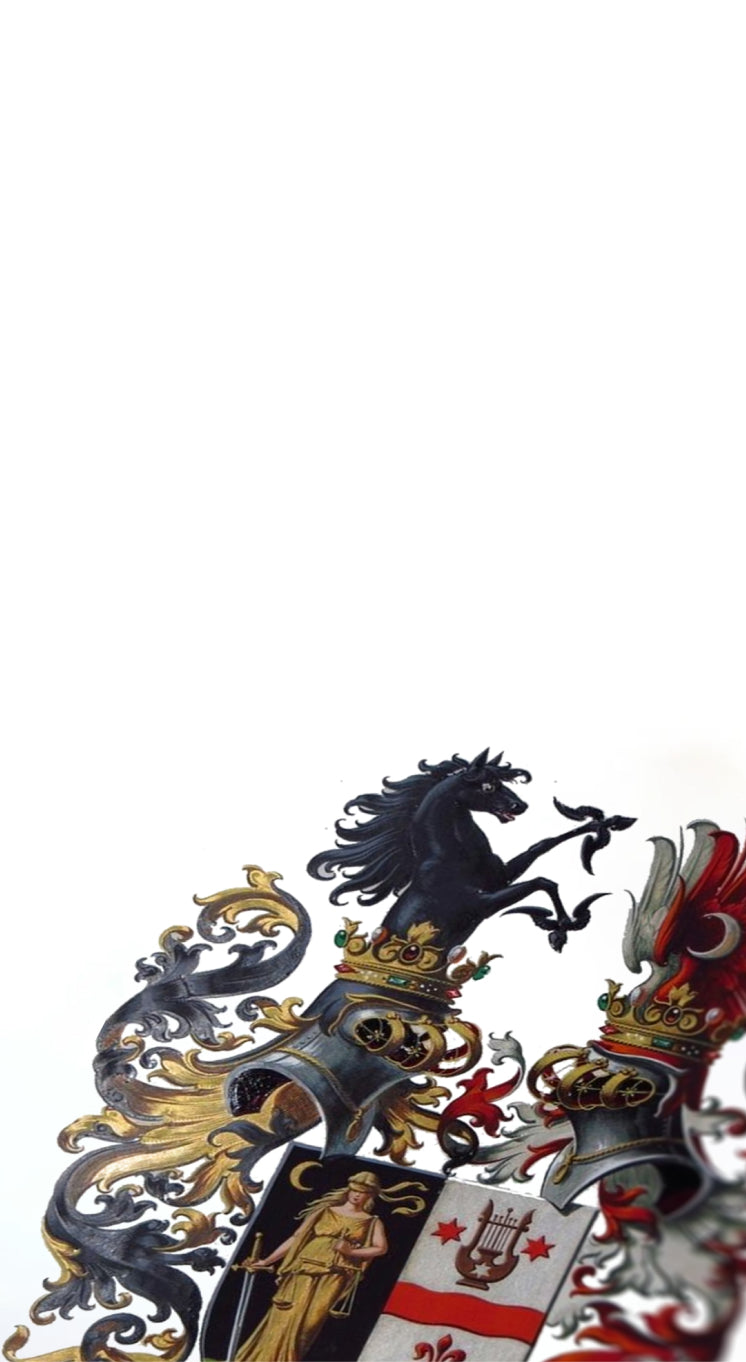The Medieval Church part 2
While bishops and priests worked among the people, guiding them toward God, another group chose a more secluded path. These men built monasteries, dedicating their lives to prayer, work, and worship.


While bishops and priests worked among the people, guiding them toward God, another group chose a more secluded path. These men built monasteries, dedicating their lives to prayer, work, and worship.

LUXEMBOURG ARMS Luxembourg is officially known as the Grand Duchy of Luxembourg and is situated between Belgium France and Germany. It has a population of 500,000 and an area of approximately 1,000 square miles. Luxembourg lies on the cultural divide between Germanic Europe and Romantic Europe, the official languages are...
LUXEMBOURG ARMS Luxembourg is officially known as the Grand Duchy of Luxembourg and is situated between Belgium France and Germany. It has a population of 500,000 and an area of approximately 1,000 square miles. Luxembourg lies on the cultural divide between Germanic Europe and Romantic Europe, the official languages are...

DENMARK NATIONAL ARMS Denmark is a nation of 5 million people in Northern Europe. Denmark is a very old European monarchy and its rulers have, at various times, ruled over extensive empires including not only the Scandinavian Peninsula but also England. The present Royal House of Denmark descends from the...
DENMARK NATIONAL ARMS Denmark is a nation of 5 million people in Northern Europe. Denmark is a very old European monarchy and its rulers have, at various times, ruled over extensive empires including not only the Scandinavian Peninsula but also England. The present Royal House of Denmark descends from the...

GREAT SEAL OF THE USA Once the concept of sovereignty expressed in Coats of Arms had become accepted in other parts of the world it was only natural that as countries, which had been colonies, attained independence they should continue the tradition. Of course, not all Arms adopted followed traditional...
GREAT SEAL OF THE USA Once the concept of sovereignty expressed in Coats of Arms had become accepted in other parts of the world it was only natural that as countries, which had been colonies, attained independence they should continue the tradition. Of course, not all Arms adopted followed traditional...

KING ALFONSO XIII In most cases, after the medieval period, it can be seen that even in the face of the most violent upheavals there is a deep-rooted desire to maintain some degree of continuity in the Armorial display of the State. There is also a desire to indicate the...
KING ALFONSO XIII In most cases, after the medieval period, it can be seen that even in the face of the most violent upheavals there is a deep-rooted desire to maintain some degree of continuity in the Armorial display of the State. There is also a desire to indicate the...

Up until the end of the 13th century the arms used by the Swedish rulers, those of Knutt the Tall and the Folkunga dynasty were of Swedish origin and were family Coat of Arms converted through regal and official use into the Arms of the State. A different situation arose...
Up until the end of the 13th century the arms used by the Swedish rulers, those of Knutt the Tall and the Folkunga dynasty were of Swedish origin and were family Coat of Arms converted through regal and official use into the Arms of the State. A different situation arose...

COAT OF ARMS OF THE PRINCIPALITIES OF EUROPE Arms of the United Kingdom admirably illustrates the way in which National Arms can reflect territorial representation in addition to showing the effects of changes both in dynasty and regime. The Royal Arms of Sweden illustrate the subject in an even clearer...
COAT OF ARMS OF THE PRINCIPALITIES OF EUROPE Arms of the United Kingdom admirably illustrates the way in which National Arms can reflect territorial representation in addition to showing the effects of changes both in dynasty and regime. The Royal Arms of Sweden illustrate the subject in an even clearer...



